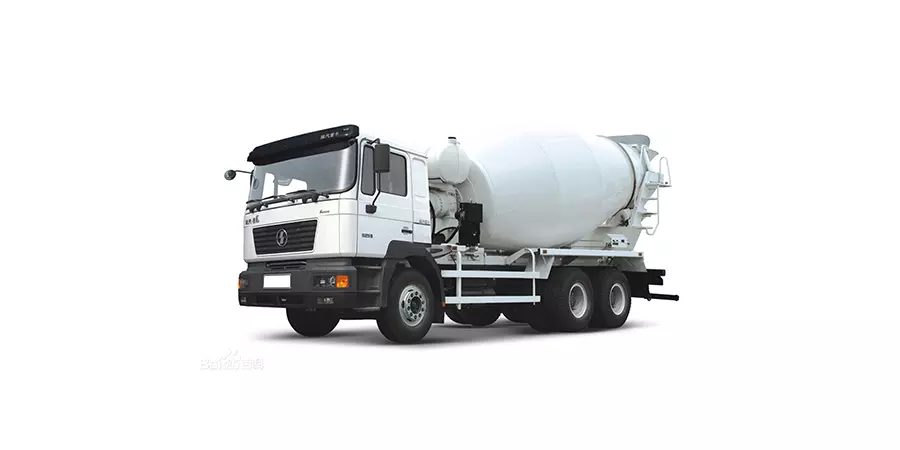Markets

Hydraulic Products Used in Concrete Mixers
Concrete mixers rely on hydraulic systems to drive mixing, discharge, and stability functions. Below is a detailed breakdown of key hydraulic components, their roles, and technical specifications:
1. Hydraulic Motor
Function:
Drives the drum rotation (in drum mixers) or mixing blades (in forced-action mixers).
Provides variable speed control for different concrete formulations.
Key Features:
High torque output (1,000–5,000 Nm) for heavy loads.
Speed control: Achieved via proportional valves or load-sensing systems.
Applications:
Mobile drum mixers (e.g., truck-mounted mixers).
Stationary forced-action mixers in batching plants.
2. Hydraulic Pump
Function:
Converts mechanical energy from the engine into hydraulic power.
Types:
Gear pumps: Cost-effective for low-pressure systems (10–16 MPa).
Variable displacement piston pumps (e.g., Bosch Rexroth A10VSO): High efficiency, pressure up to 25 MPa.
Technology:
Load-sensing (LS) systems: Adjust flow based on demand, reducing energy use by 20–30%.
3. Hydraulic Cylinders
Functions:
Discharge gate control: Opens/closes the drum door (double-acting cylinders with 0.5–1.5 m stroke).
Stabilizer legs: Adjusts mixer stability during operation (pressure: 10–15 MPa).
Design:
Dust-resistant seals (e.g., polyurethane wipers).
Cushioning to minimize shock during rapid movements.
4. Hydraulic Control Valves
Directional control valves:
Manage drum rotation (forward/reverse) and discharge operations.
Manual levers or solenoid-operated (e.g., HydraForce SV08).
Pressure/flow control:
Relief valves: Protect against overpressure (set to 10% above system max).
Proportional valves: Enable precise speed adjustment (±2% accuracy).
Smart upgrades:
Electro-hydraulic valves (e.g., Parker PVG) integrated with PLCs for automation.
5. Hydraulic Tank & Filtration
Tank:
Stores hydraulic fluid (50–200 L capacity) with baffles to reduce foaming.
Includes air breathers (10 μm filtration) and level indicators.
Filters:
Suction filters: Protect pumps (β ≥200 @ 10 μm).
Return-line filters: Clean oil before reuse (β ≥1,000 @ 10 μm).
6. Cooling System
Oil coolers:
Maintain oil temperature ≤60°C to prevent degradation.
Air-cooled: For smaller mixers or cooler climates.
Water-cooled: For high-duty cycles in batching plants.
7. Auxiliary Components
Accumulators (bladder/piston type):
Absorb pressure spikes during sudden valve shifts.
Provide emergency power for gate closure during pump failure.
Pressure sensors:
Monitor system health (e.g., Danfoss MBS 3000 with ±0.5% accuracy).
Key Brands
| Component | Leading Manufacturers | Notable Models |
|---|---|---|
| Pumps | Bosch Rexroth, Kawasaki | A10VSO, K3V Series |
| Motors | Parker, Danfoss | F11, H1 Series |
| Valves | Sun Hydraulics, HydraForce | SV08, CETOP 03 Valves |
| Seals | Trelleborg, Hallite | Turcon, Glyd Ring |
Maintenance Best Practices
Fluid Management:
Replace hydraulic oil every 1,000 hours (ISO VG 46/68, NAS 8 cleanliness).
Filter Maintenance:
Change filters at ΔP ≥0.5 bar differential pressure.
Seal Inspection:
Check cylinder rods monthly for scratches or leaks.
Cooling System:
Clean radiator fins regularly to prevent overheating.
Emerging Trends
IoT Integration:
Sensors track oil condition, pressure, and temperature, enabling predictive maintenance.
Eco-Friendly Fluids:
Biodegradable hydraulic oils (e.g., HETG) reduce environmental impact.
Hybrid Systems:
Electric-hydraulic drives cut fuel consumption in mobile mixers.
Summary
Concrete mixers depend on hydraulic systems for reliable mixing, discharging, and stability. Core components include motors, pumps, cylinders, and smart valves, with innovations like load-sensing and IoT driving efficiency. Regular maintenance and high-quality components (e.g., Bosch Rexroth pumps, Parker valves) ensure longevity and performance in demanding environments. Future advancements will focus on sustainability and automation.
